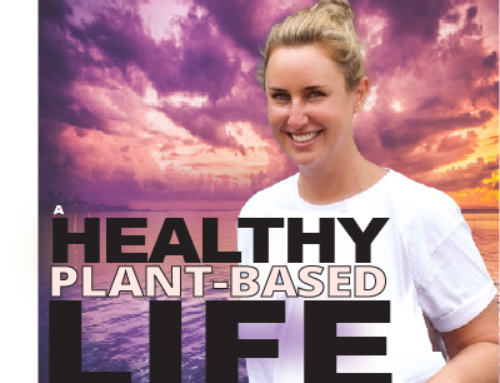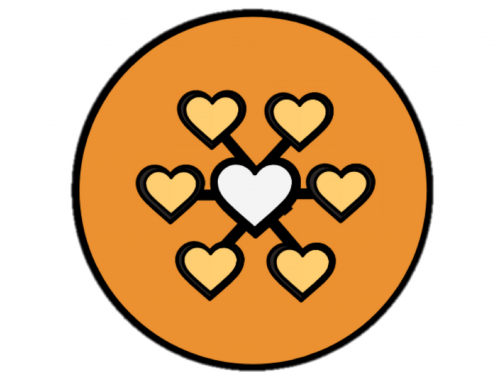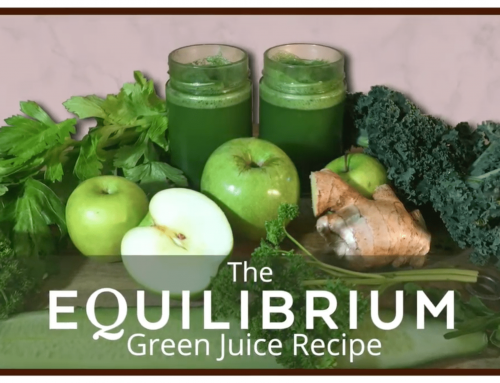Eat Crap If You Want To
Once upon a time, I was just like everyone else. I saw food as a pleasure in life and used to brag that ‘I could eat anything’. Back then, I was pretty happy eating buckets of KFC, pizza and burgers. These tasty meals were beyond delicious.
The fact that I sounded like I always had a cold and had weeping eczema on my hands and face was just part of who I was and I didn’t see any connection between what I ate and how I looked, felt and thought.
Everything changed, though, on a single day in 1991, when a friend suggested that my weeping eczema might be due to an intolerance to dairy. It was an interesting idea, so I thought I’d put it to the test. I challenged myself to have no dairy for a whole week.
These challenges always sound like a good idea at the time, but in practice are hard to execute. I hadn’t appreciated quite how much dairy I was consuming, it was everywhere. And I didn’t know what to eat instead. But I gave it a go and just ate what I normally had minus the dairy which in practice meant me crunching my way through dry cereal, drinking bitter black coffee and eating jam, instead of cheese, sandwiches.
By the end the challenge, though, guess what happened? A miracle occurred. The eczema went away and has never returned in 25 years. But more to the point, I was woken up to the power of nutrition as a life-force energy.
Today, we live in a free world which is an amazing thing and should never be taken for granted. One of the benefits of living in this free world is an abundance of food around us that tastes amazing and has been created by armies of food scientists who spend all day figuring out how to create the tastiest food that lights up the pleasure parts of our brain so that we want more of it. Never before in history have we had this level of abundance of food and drink.
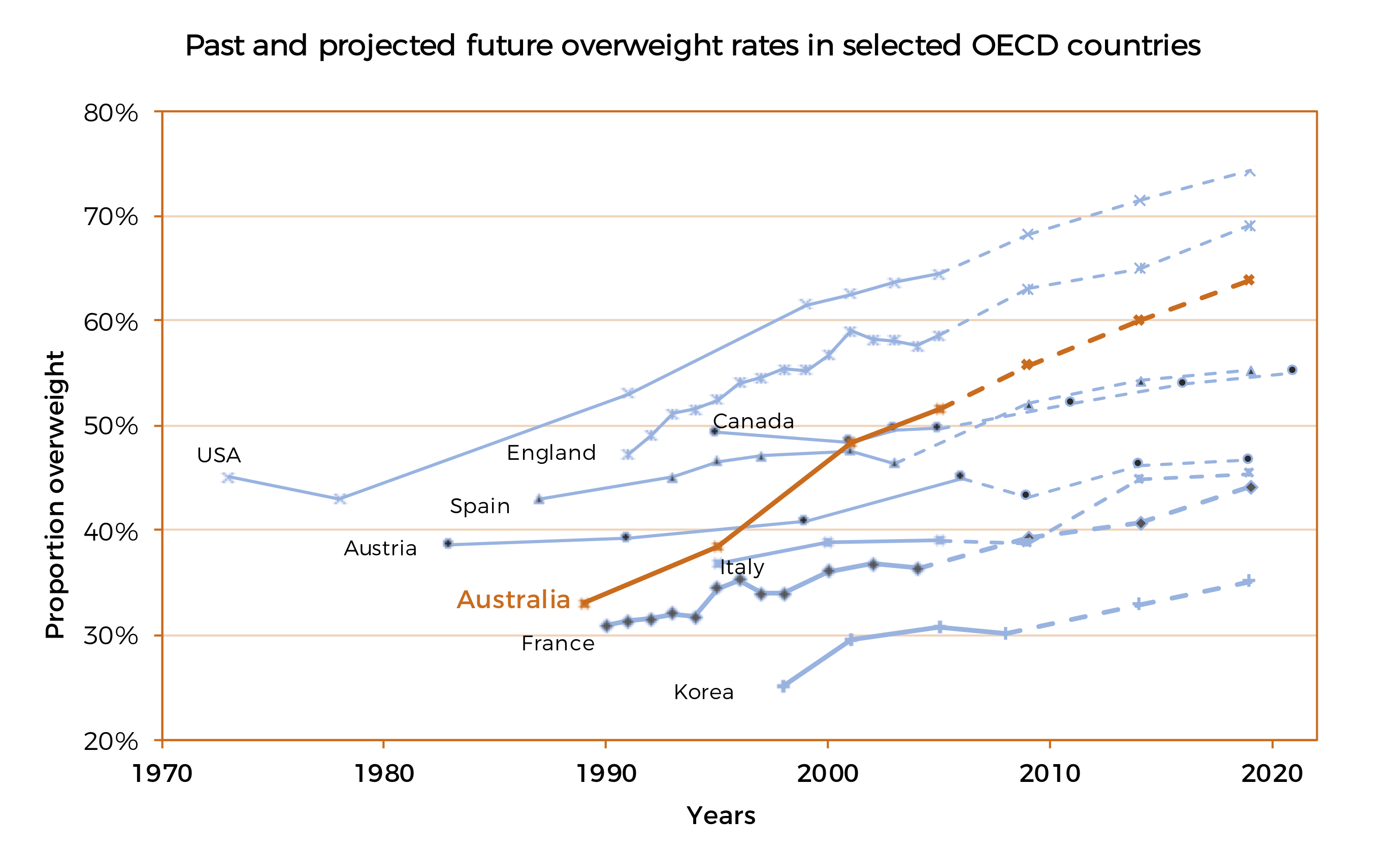
But there’s always a downside and the price of eating a huge amount of hyper-processed foods is a gradual increase in obesity over the last 30 years which is impacting the level of chronic conditions we’re seeing.
According to research 70% of deaths today are caused by chronic conditions such as cancer, heart disease and diabetes.
Ever since I first woke up to the real power of nutrition, I have been on a mission to understand how to eat healthily. Over the years, I have read countless books, studied every nutritional theory from high carb to low carb and everything in between, and evolved my diet from a very mainstream, western diet, to a largely whole food plant-based diet. In this time, the return on my investment has been pretty good:
▶︎ I lost 30kg and have kept the weight off for 25 years
▶︎ My chronic eczema cleared up and has never returned
▶︎ My thinking became so much clearer, enabling sharper decision-making
▶︎ My energy went through the roof which has enabled me to increase my performance and my results.
For me, food and nutrition should be a strategic priority for anybody who is seeking to sustain performance and growth. But where do you start?
As someone with a personal and professional passion for holistic wellbeing, having:
a. Changed and evolved my lifestyle,
b. Qualified as a health coach and integrative nutritionist,
c. Created an award-winning corporate wellbeing programme and
d. Become a part of the food industry
I want to share 8 overarching principles that I have learnt.
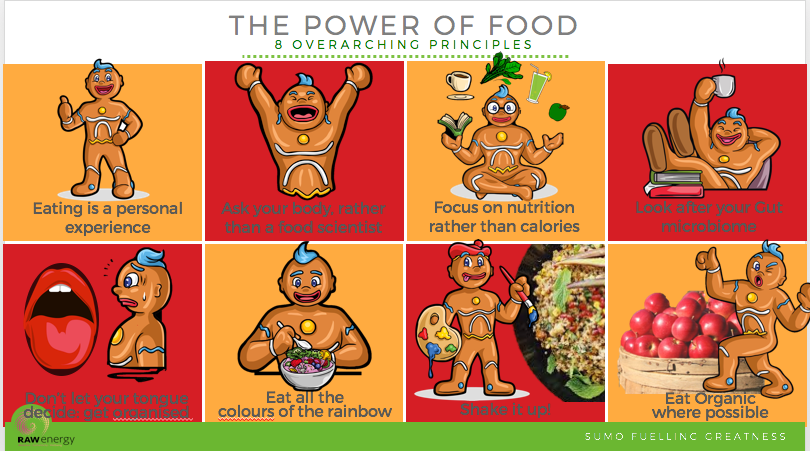
8 Overarching Principles
1. Eating is a personal experience. We all have different lifestyles, body types, health goals, tastes and preferences and personalised nutrition is one of the hottest trends in the food world today. However, whilst what may be good for me, might not be good for you, there are certain foods that won’t be good for either of us!
2. Ask your body, rather than a food scientist. We all have been given 5 senses to help us determine what is fresh and safe to eat and what isn’t. For some reason, we aren’t trusting those senses and choosing to buy foods in packets that have been created in laboratories.
3. Focus on nutrition rather than calories. If you think about it, you realise what nonsense this obsession with calories is. Yes, a focus on energy in and energy out is nice and simple, but in truth, a 200-calorie snickers bar has a completely different nutritional profile to a fresh salad, even though the calories may be the same. Nutrition, ie micro-nutrients nourishes our cells and breathes life and vitality into our bodies. If we eat nutrition-dense food, our body won’t need as much.
4. Look after your gut. There’s exciting and emerging research linking the health of the gut to the general physical and mental health of a person. As a result, fermented foods have come back into fashion with living drinks like kombucha being one of the fastest growing categories in soft drinks.
5. Don’t let the tongue decide. If we don’t plan and decide what we’re going to eat with our head, our tongue will lead us astray for sure. Plan and look forward to your meals in advance so that you have one less decision to make each day.
6. Eat all of the colours of the rainbow. One way to ensure you’re getting sufficient nutrients is to eat all of the colours of the rainbow. According to Chinese medicine, colour is a really important contributor to health, with different colours working together to keep us in balance.
The five key colours are:
BLACK – Linked to jing energy and life-force. What’s black? Well, how about black olives and raw chocolate, both of which contain a lot of zinc.
RED – Represents fire power which provides chi energy, or everyday energy, helping you mobilise your immunity response and supporting your blood and heart. How many red foods can you think of? Well, there are beets and tomatoes, which contain Lycopene the red compound.
YELLOW – Is all about happiness, is anti-inflammatory and supports life. The key point here is that the food itself needs to be yellow, not the peel; hence, a banana doesn’t count in your yellow quota as it’s actually white!
GREEN – I love green foods, as they are all about detoxifying and getting rid of the nasties. We’re attracted to green foods when we’re feeling unwell, as green is cleansing and will keep us clean on the inside. Chlorophyll is the green compound which gives greens their colour. There are so many green vegetables to chose from – kale, spinach, and broccoli are my favourites.
WHITE – A colour without a colour. White helps the lungs and the respiratory system. White foods include banana, cauliflower, astragalus, and ginseng.
7. Shake it up. Most people will eat similar things week in, week out. By shaking it up and bringing variety into your diet, you will attract new nutrients and microbes into your world.
8. Eat Organic Where possible. I know, it’s expensive, but being ill is even more expensive, so try to at least buy organic versions of the Dirty Dozen below whenever you can:
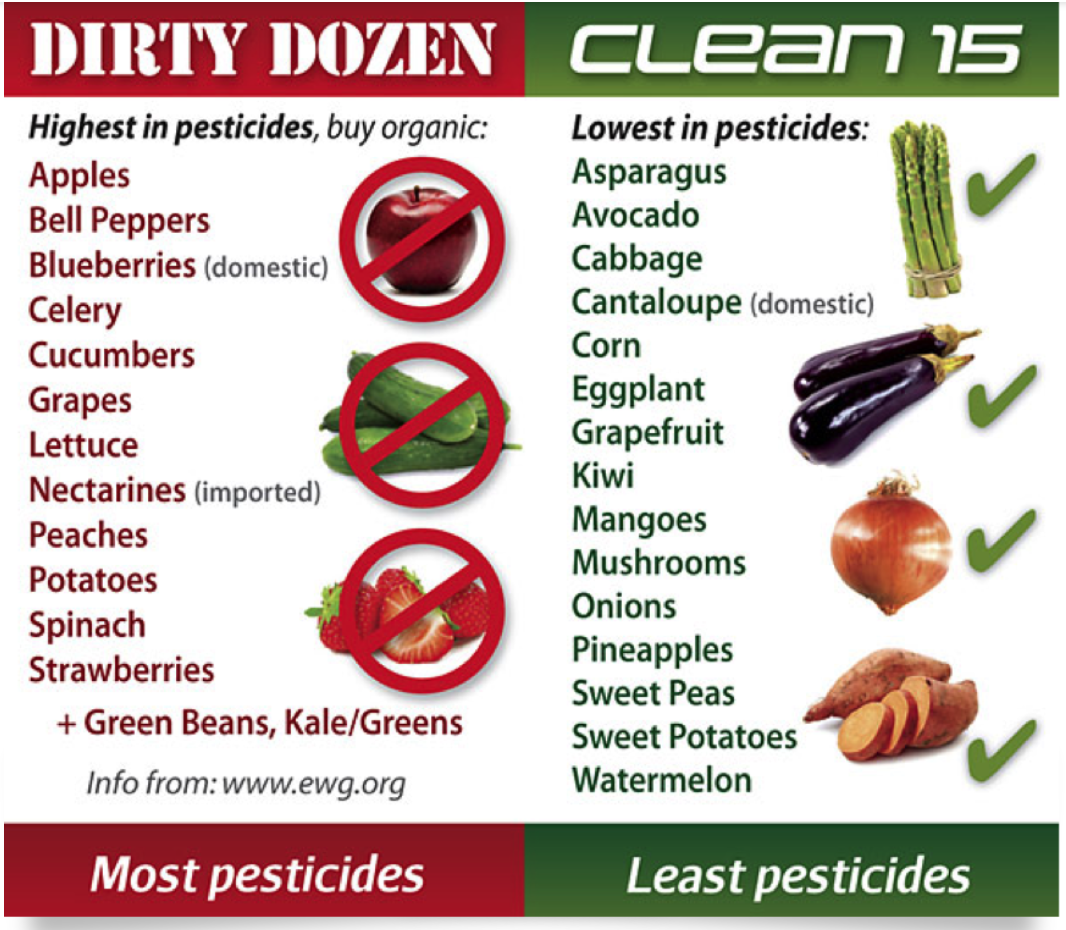
So there you have it. Eight overarching principles to help you upgrade your own eating habits, and provide access to better quality food for your family and your work colleagues. Research shows that only 7% of Australians are eating the recommended number of fruits and vegetables each day, which means that 93% aren’t!
The good news is that there’s a huge amount of opportunity to increase the level of nutrients that people are getting at home and in the workplace.
In my work, I see many companies who do prioritise wellbeing for their staff, and get 5*s when it comes to providing access to wellbeing services such as mindfulness training and gym memberships, but only 1* when it comes to the food and drink that their employees have access to.
By upgrading food & drink access, businesses can get a quick win on their wellbeing@work score as we all have to eat, and what we choose to eat and drink will impact our performance and productivity by as much as +25% according to research. Based on my own life experience, it could be a lot higher than that.
There’s so much in the world you can’t control. You can’t control the political environment, other people’s behaviour, what customers choose to do or say. But you can control what you put into your body.
So choose to upgrade what you put in your body. Tiny changes will have a big impact over time.
Finding EQUILIBRIUM at work Through the Power of Food
Eating and drinking is a very personal choice and no one likes to be told what to eat. But as leaders, we have the responsibility to help employees make more confident food decisions through education, and to provide access to nutritious food that will support wellbeing. Having a healthy workforce makes perfect business sense, as a resilient, engaged workforce are more productive, make better decisions, represent the company better, have less absenteeism and stay in the company longer. All great for the bottom line.



